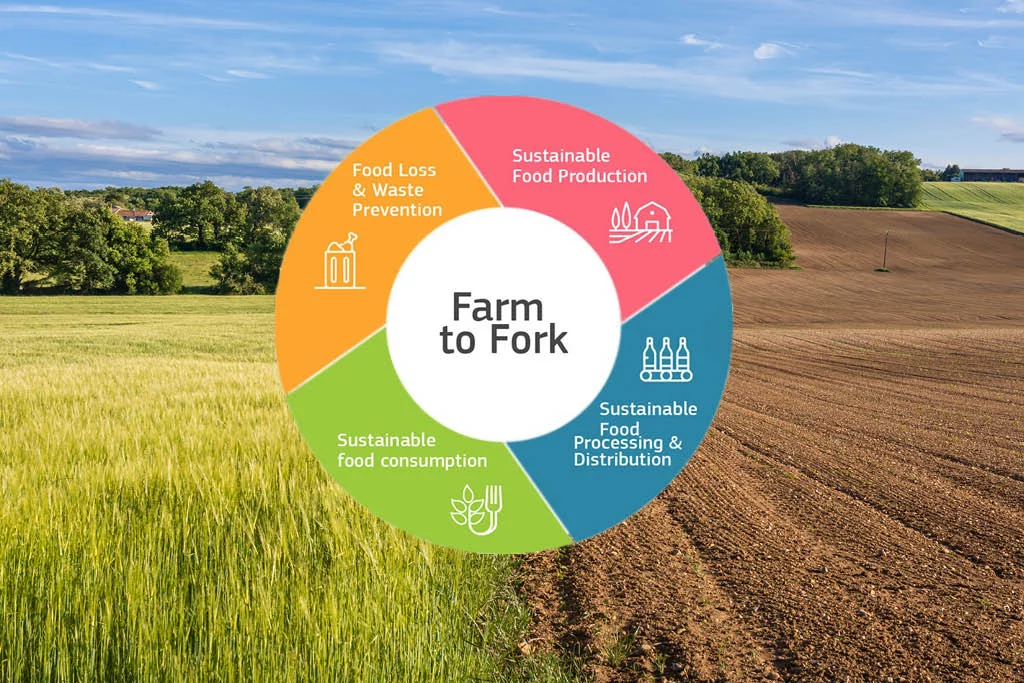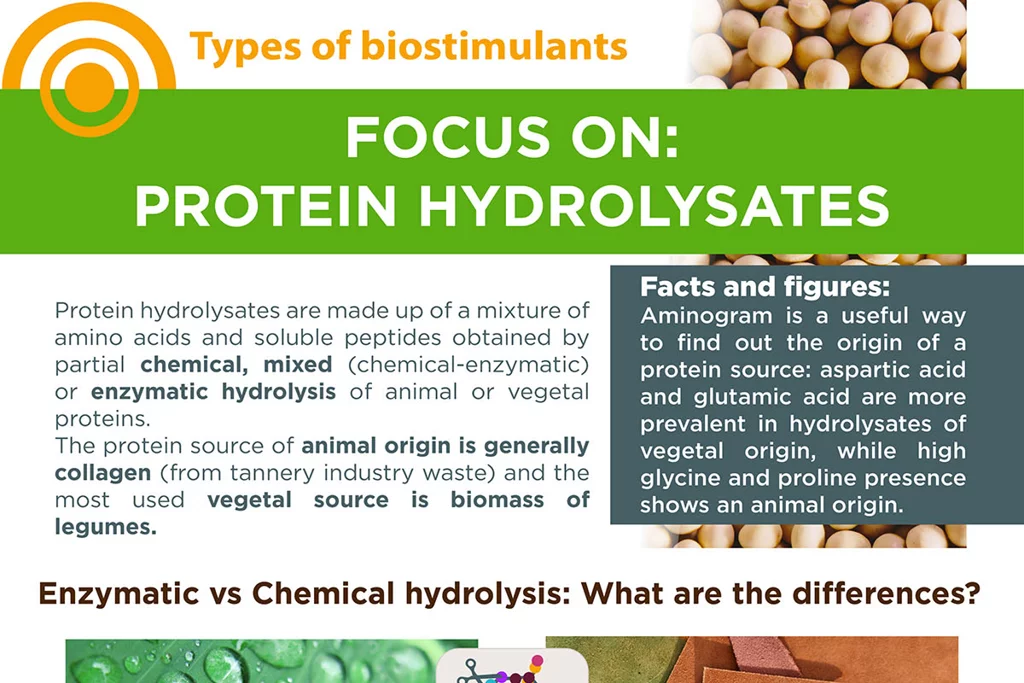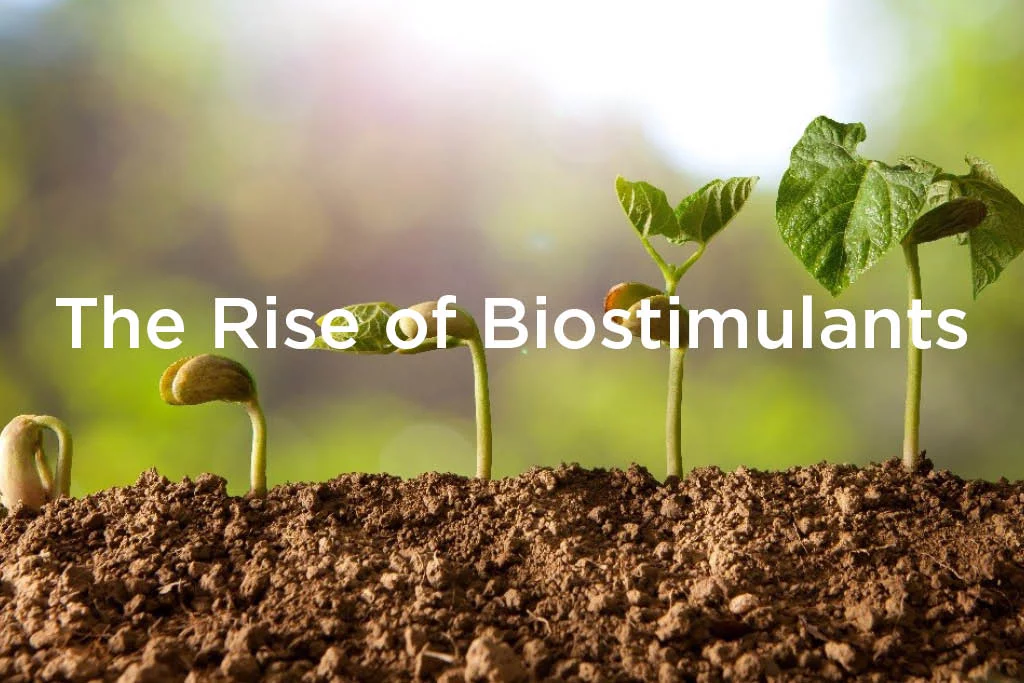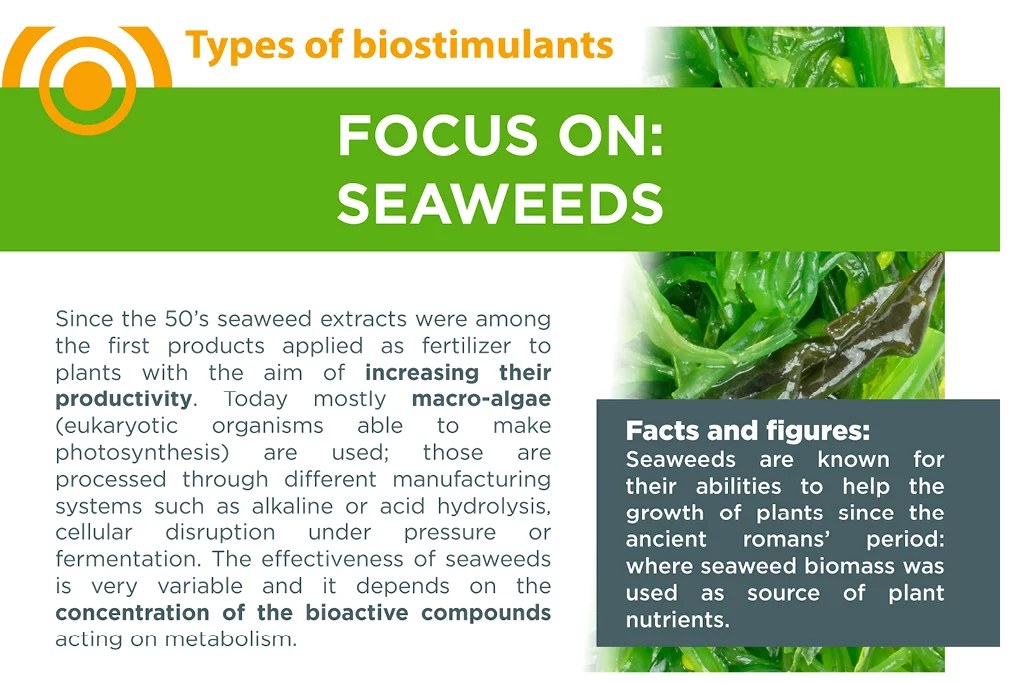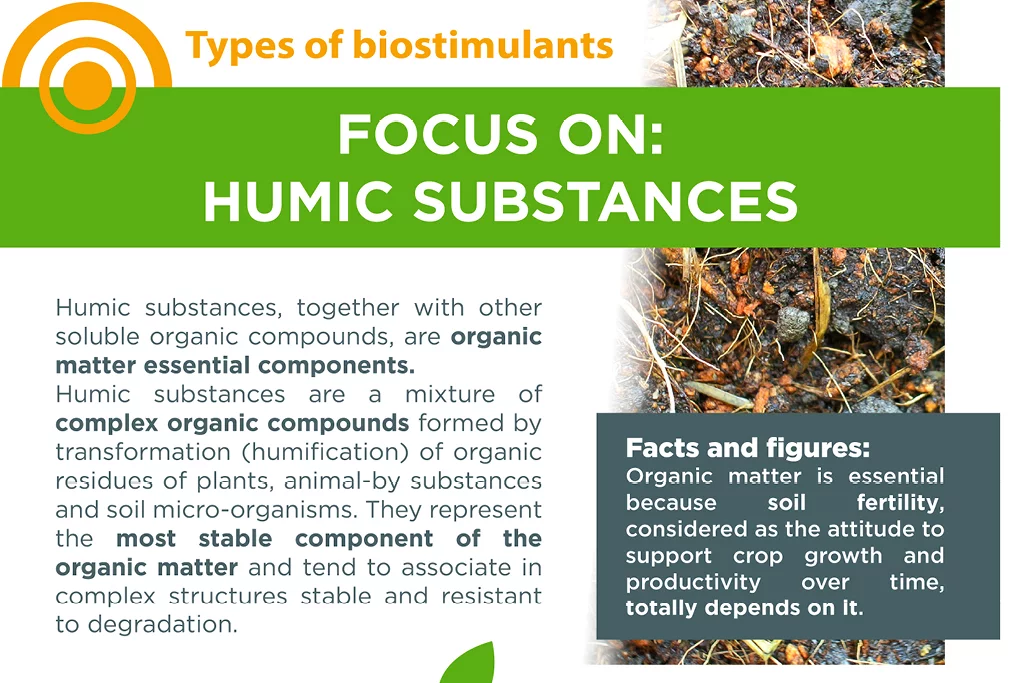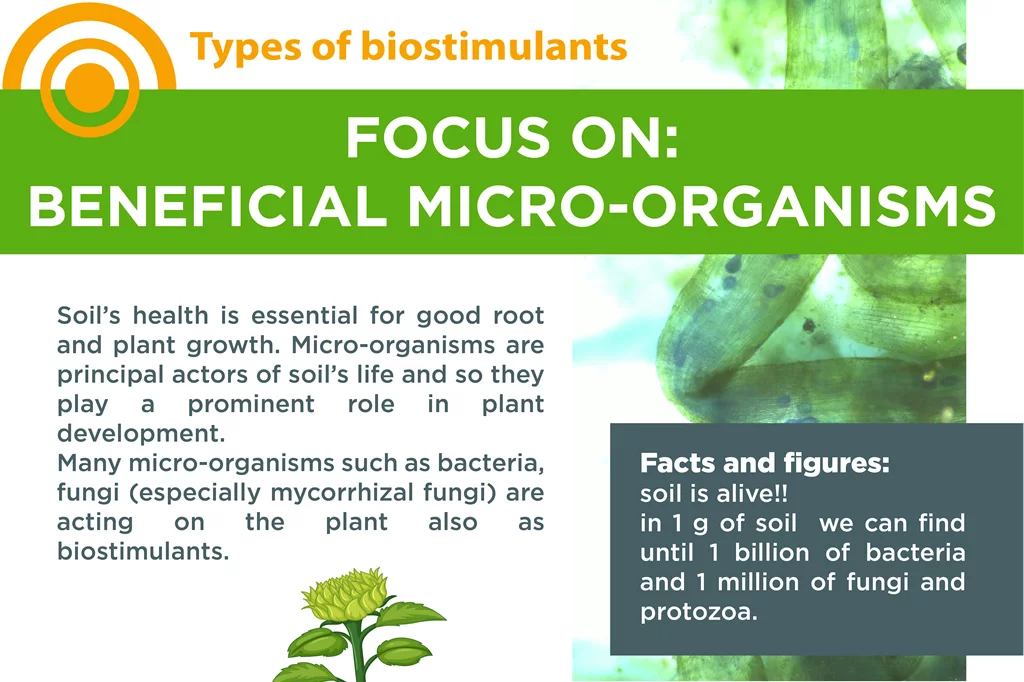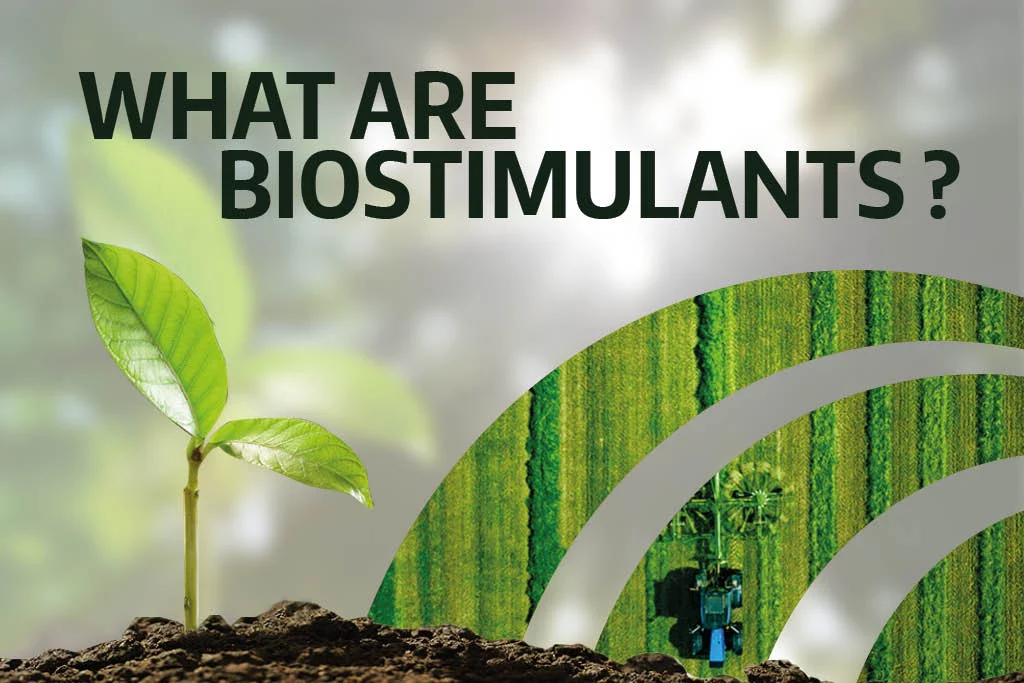BLOG #38
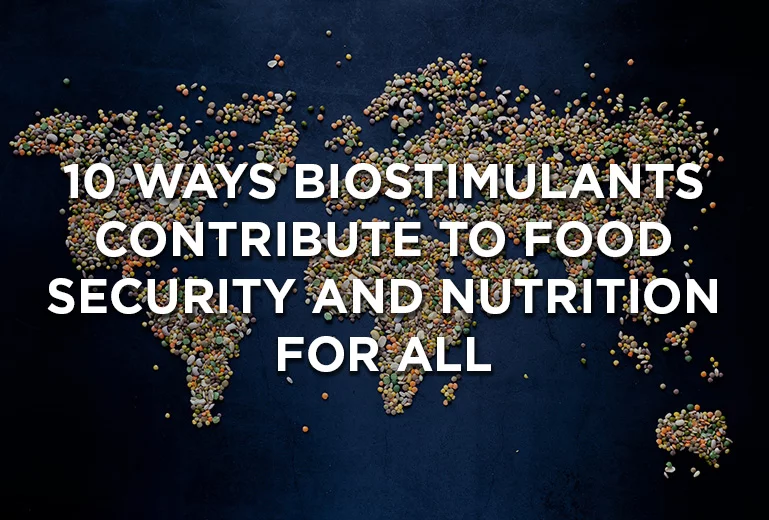
10 ways biostimulants contribute to food security and nutrition for all
Food security, as defined by the United Nations’ Committee on World Food Security, exists when “all people, at all times, have physical and economic access to sufficient, safe and nutritious food that meets their dietary needs and food preferences for an active and healthy life“.
Unfortunately, world hunger increased in 2020 under the shadow of the COVID-19 pandemic and after remaining virtually unchanged for five years, the prevalence of undernourishment (PoU) increased from 8.4 to around 9.9 percent in just one year, heightening the challenge of achieving the Unites Nations Zero Hunger target by 2030. Between 720 and 811 million people in the world faced hunger in 2020 and over the coming decades, a changing climate, growing global population, rising food prices, and environmental stressors will have significant yet uncertain impacts on food security.
Agriculture production has to be increased by about 60-70 percent from the current levels to meet the increased food demand in 2050. The per capita arable land worldwide was 0.42 hectares in 1960, it will be 0.19 hectares in 2050. For developed countries, the option of farming more land does not exist in practice.
For this reason, 80% of the additional food required will need to come from land already under cultivation, but 33% of the Earth’s soils are already degraded and over 90% could become degraded by 2050.
Climate impacts such as extreme weather events, spreading pests and diseases, loss of biodiversity, degrading ecosystems, and water scarcity will worsen as the planet warms. Without action, the changing climate will affect food availability and hinder access to food. Agriculture and food systems are a huge part of the climate solution, but they must transform through inclusive, multisectoral approaches that reduce greenhouse gas emissions and build resilience and adaptive capability.
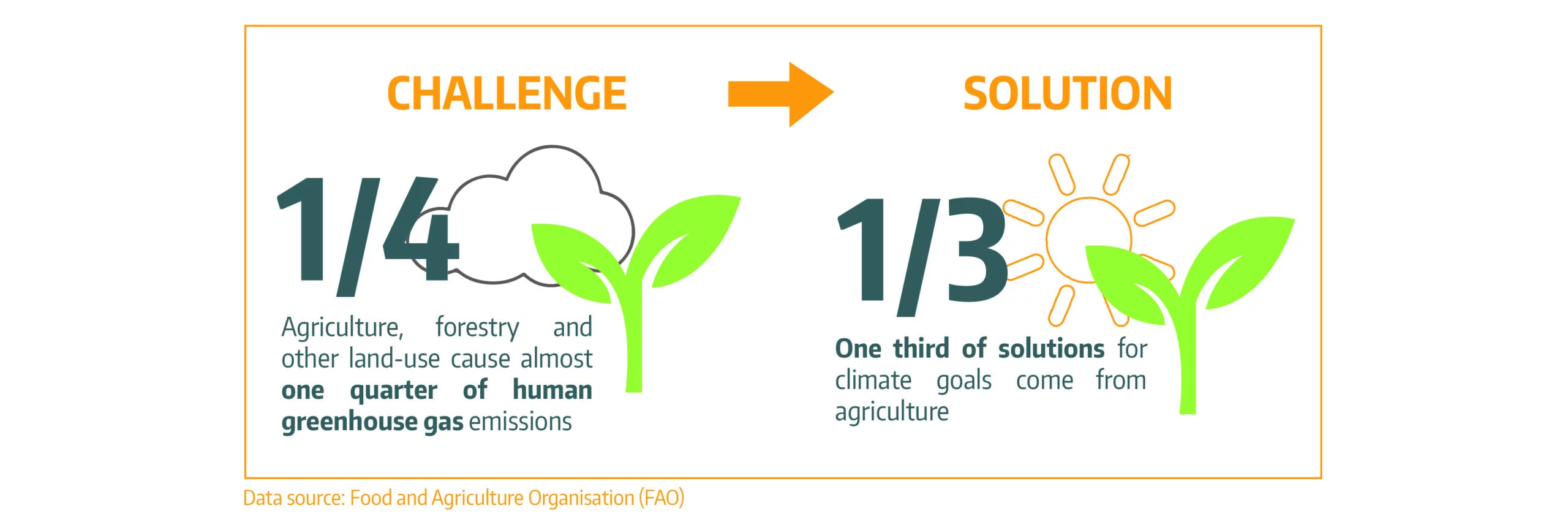
A profound change of the global food and agriculture system is needed if we are to nourish the more than 700 million people who are hungry today and the additional 2 billion people the world will have by 2050.
Biostimulants play an important role in sustainably feeding a growing population and to meet the sustainable development goals, in particular those on poverty and hunger.
Let’s look at the 10 ways biostimulants contribute to food security and nutrition for all:
- 1) Increase yield: biostimulants allow to obtain higher yield per hectare improving crop performance and being constant the other production factors like fertilizers, water, plant protection products.
- 2) Improve commercial quality: Biostimulants have the ability of acting on different commercial quality traits such as homogeneity of fruit size, color, resistance to handling, improvement of shelf life, aptitude to processing. It means less food loss and food waste along the food chain.
- 3) Improve nutritional quality: Biostimulants have the ability of acting on the chemical composition of fruits: Increasing nutrients, proteins, sugar and compounds with nutraceutical action. Reducing the content of undesirable compounds such as nitrates in leafy vegetables.
- 4) Help the production of organic products: organic farming can benefit from the use of biostimulants because these substances can enhance plant resilience to the nutrient limitation typical of this production system, therefore reducing the gap between organic and conventional yields.
- 5) Increase Nutrient Use Efficiency (NUE): Plant biostimulants have the capacity of improving NUE of crops especially under low nutrient availability which means that less chemical fertilizers can be applied to obtain same or even better yield.
- 6) Increase Water Use Efficiency (WUE): Biostimulants are able to maxime acquisition of the available water. In addition, many biostimulants are suitable for fertigation with drip irrigation which is the most efficient irrigation system.
- 7) Improve and restore soil fertility: Biostimulants increase nutrient bioavailability in the soil solubilizing soil nutrients and increasing root absorption area. Besides, many biostimulants are suitable for fertigation application which reduce soil compaction caused by heavy machines in the field with further benefits for soil fertility.
- 8) Increase and restore soil health: Biostimulants stimulate and support the development of beneficial micro-organisms improving and restoring soil biodiversity and soil health.
- 9) Improve plant tolerance to abiotic stress (Climate change adaptation): Biostimulants have been proven to enhance the tolerance of plants and crops to abiotic stresses and allow to achieve a higher level of yield in situations where the environmental conditions are not optimal which will be always more common due to climate change and soil degradation all over the world.
- 10) Reduce the greenhouse gas emissions of cropping systems (Climate change mitigation): Life Cycle Assessment studies have shown that the application of biostimulants reduces greenhouse gas emissions in crop production, mitigating climate change.


